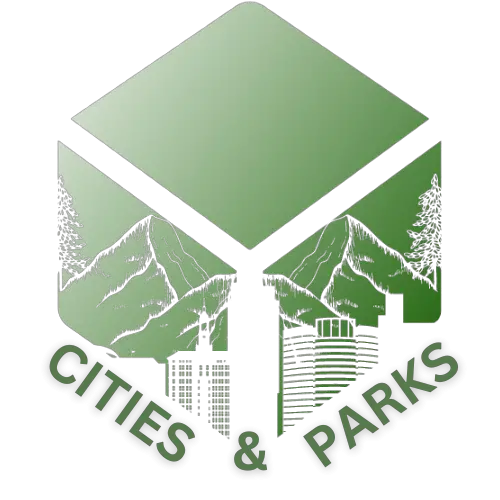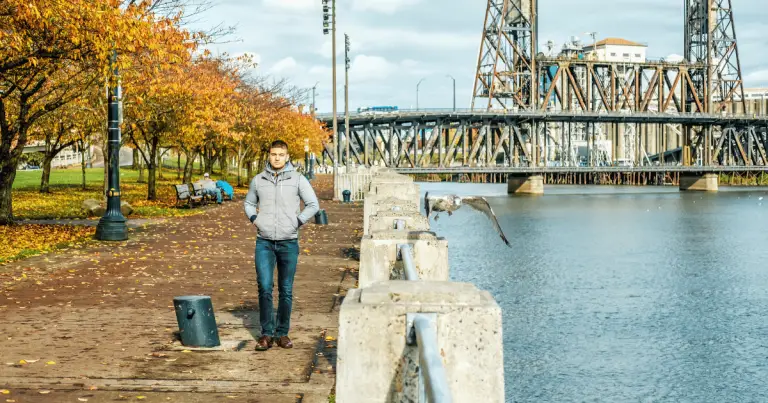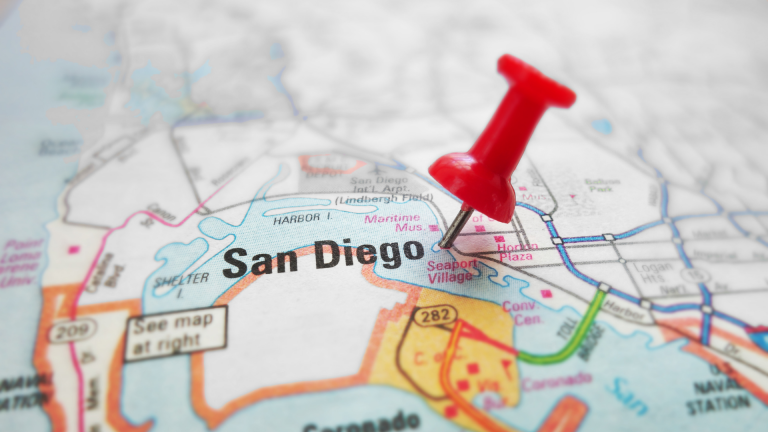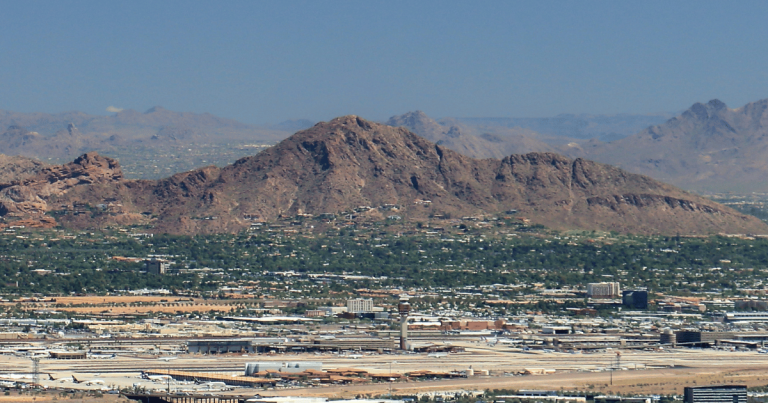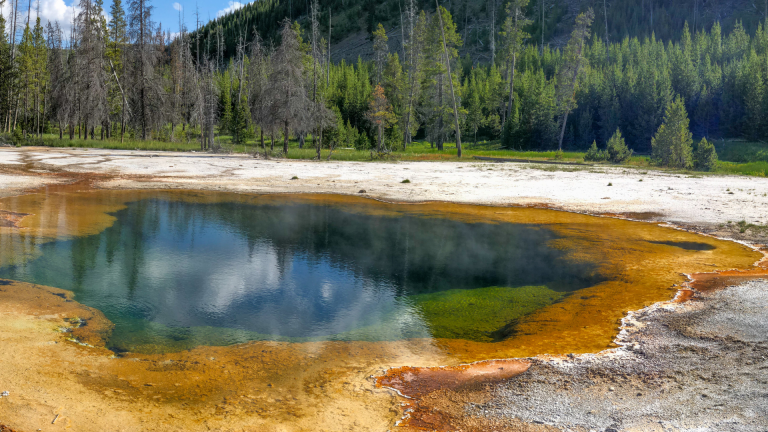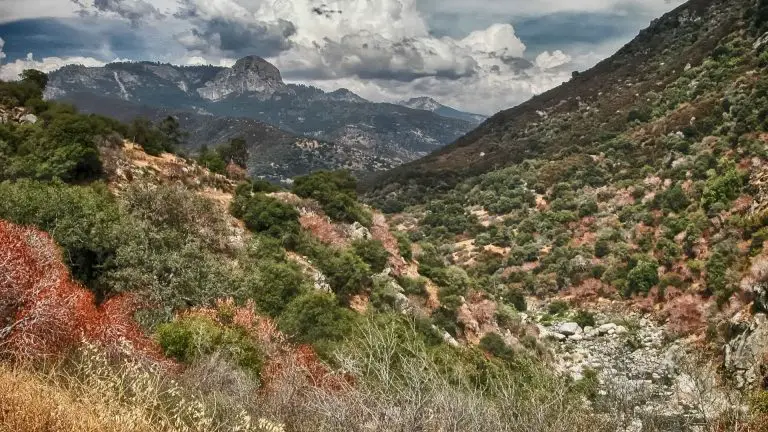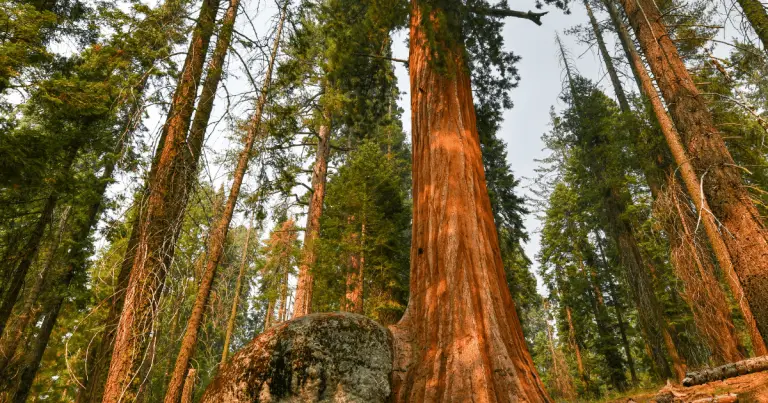Your Complete Handbook for Camping in Death Valley
Looking for an unforgettable outdoor adventure? Look no further than Death Valley camping! With breathtaking views, unique geological formations, and a rich history, it’s an experience you won’t want to miss. And despite being one of the hottest and driest places on earth, it’s also one of the most rewarding destinations for outdoor enthusiasts.
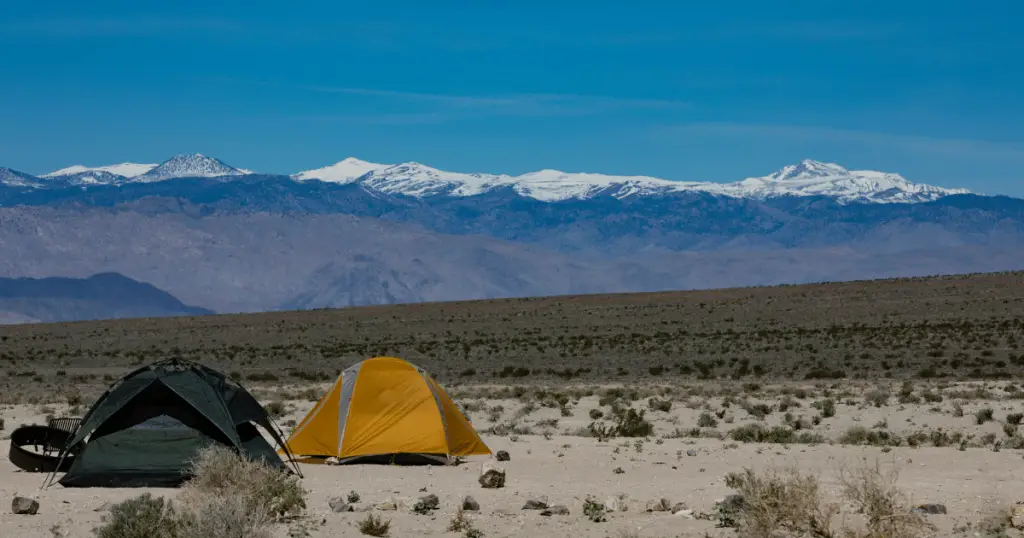
Choosing the Right Campground
When planning your trip to Death Valley, choosing the right campground can significantly enhance your experience. Popular sites include the Furnace Creek Campground, Mesquite Spring Campground, and Wildrose Campground. Each offers unique landscapes and amenities, ensuring campers have a comfortable stay while merging with nature.
Furnace Creek Campground
Furnace Creek Campground is ideally positioned with nearby access to hiking trails, a visitor center, and a general store. It is one of the few campgrounds in Death Valley that offers RV hookups, making it a popular choice among families.
The campground offers offers diverse activities and conveniences to enhance your camping experience. Nestled in a central location, the campground provides easy access to some of Death Valley’s most iconic landmarks, such as Zabriskie Point and the salt flats of Badwater Basin.
Each campsite has picnic tables and fire pits, catering to those eager to enjoy an evening under the stars. The ground is a flat, gravel surface, surrounded by a scattering of mesquite and tamarisk trees, providing some much-needed shade in the intense desert heat.
Mesquite Spring Campground
Mesquite Spring Campground, located in the northern part of the park, is a quieter, more remote option. It’s perfect for those looking for solitude under the starlit sky.
It offers a serene, off-the-beaten-path experience. Mountains surround this remote haven and house a variety of rare plants and wildlife, making it a hotspot for nature enthusiasts and photographers. This campground is open year-round, has 30 campsites, and is near several hiking trails, including the historic wagon route, the Old Stovepipe Wells. The sites are equipped with fire pits and picnic tables, but unlike Furnace Creek, there are no RV hookups or dump stations, making it a true back-to-nature experience.
The campground is rarely full, providing an atmosphere of tranquility. However, it’s important to note that campers should come prepared with all the necessary supplies due to its remote location, as the nearest amenities are a significant distance away.
The clear desert skies make this a perfect spot for stargazing, with the campground’s distance from major light sources providing an unobstructed view of the cosmos.
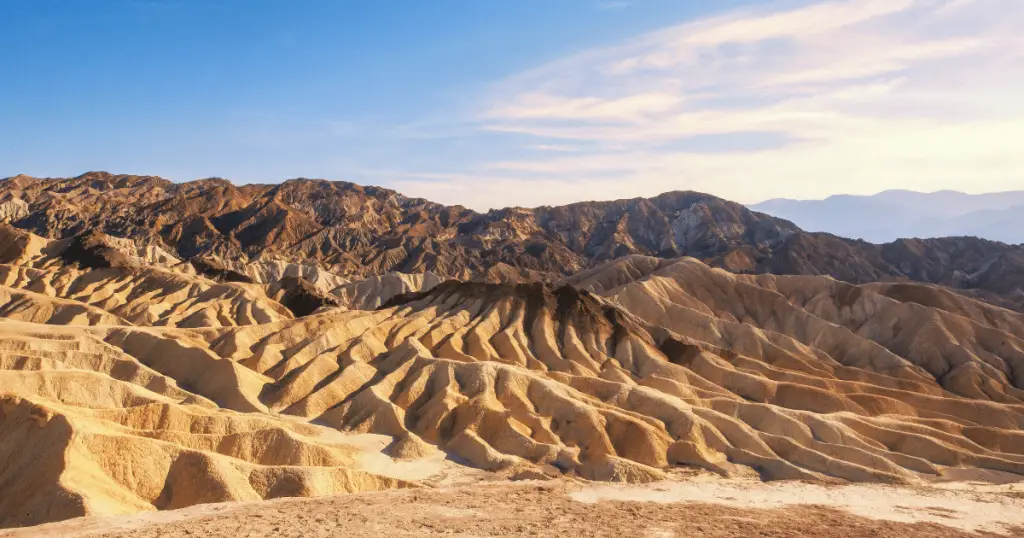
Wildrose Campground
Wildrose Campground, on the other hand, offers a cooler elevation and is ideal for those wanting to escape the extreme summer heat of the valley.
This campground is at a higher elevation of over 4,000 feet, providing a pleasant respite from Death Valley’s typically scorching temperatures. The campground, open throughout the year, is a fantastic choice for those seeking tranquility and a cooler climate during the summer months.
The Wildrose campground is a primitive-style camping area with 23 sites, offering a back-to-basic camping experience. Campsites feature fire pits and picnic tables but do not include water, RV hook-ups, or dump stations. However, the campground’s location offers quick access to the Wildrose Charcoal Kilns and various hiking trails like the Wildrose Peak trail, leading to panoramic views of the park.
Best Times for Camping in Death Valley
When planning a trip to Death Valley, it’s crucial to consider the seasonal dynamics of the desert climate. The best time for camping largely depends on your ability to tolerate and manage extreme heat.
Seasonal Considerations
Death Valley is known for its extreme temperatures, with summer days often exceeding 120°F. Suppose you’re considering camping during the summer months. In that case, it’s advisable to select a campground at a higher elevation, like Wildrose Campground, which provides a cooler respite from the valley’s intense heat.
Conversely, winter brings milder temperatures during the day, but nights can get quite chilly. If you plan to camp during winter, ensure you have adequate gear to keep warm, particularly at night.
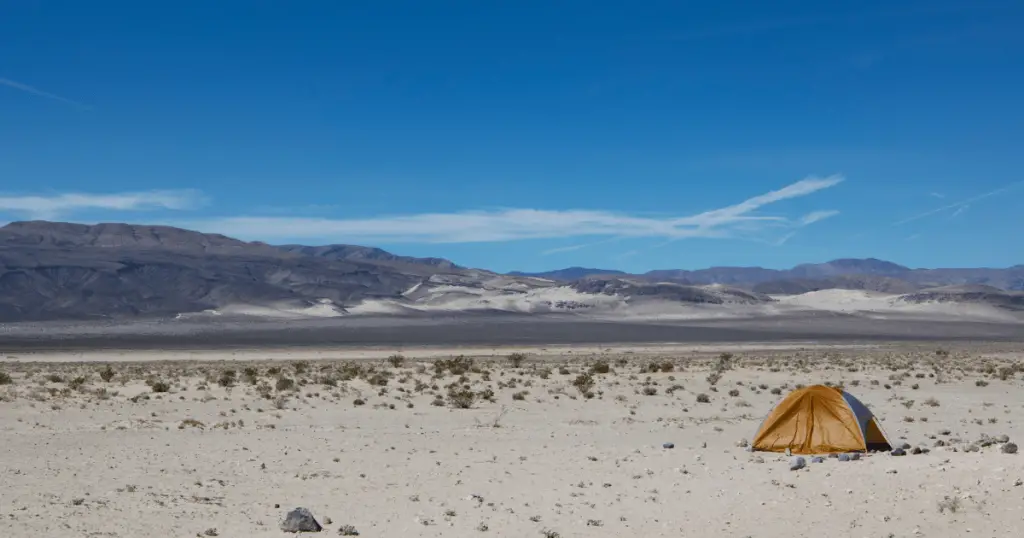
Managing Extreme Temperatures
Regardless of the season, hydration is key. Always ensure you have plenty of water, and protect yourself from the sun by wearing hats, sunglasses, and protective clothing. During summer, it’s advisable to limit physical activities to the cooler parts of the day — early morning and late evening.
Ideal Months for a Comfortable Camping Experience
The most comfortable months for camping in Death Valley are typically from November to April. During these months, daytime temperatures are moderate, and nights are cool, making it perfect for exploring the park’s attractions and spending comfortable nights under the stars. However, these months also tend to be the busiest. Therefore, making reservations, particularly for popular campgrounds like Furnace Creek, is highly recommended.
Exploring Death Valley’s Attractions
Visiting Death Valley National Park is not only about camping; there are plenty of breathtaking landmarks and hiking trails to explore.
Must-See Landmarks
If you’re planning a camping trip to Death Valley, there are a few landmarks that you absolutely shouldn’t miss. Some of the must-see landmarks include the Mesquite Flat Sand Dunes, Badwater Basin, Zabriskie Point, and Artist’s Palette. Each of these landmarks offers a unique and breathtaking view of the park’s natural beauty, so make sure to add them to your itinerary.
Badwater Basin
As the lowest point in North America, Badwater Basin is a must-see. This vast salt flat features a striking, otherworldly, and captivating landscape. The basin is easily accessible, with a small parking area and a flat, easy-to-walk path.
Zabriskie Point
Known for its erosional landscape, Zabriskie Point offers spectacular panoramic views, particularly at sunrise or sunset. The vibrant colors of the landscape shift with the changing light, showing a unique sight that is truly mesmerizing.
Artist’s Palette
This scenic drive takes you through multi-hued volcanic and sedimentary hills. The intense color variations result from the oxidation of different metals, giving the impression of an artist’s palette. An easy, paved drive makes this landmark accessible to all visitors.
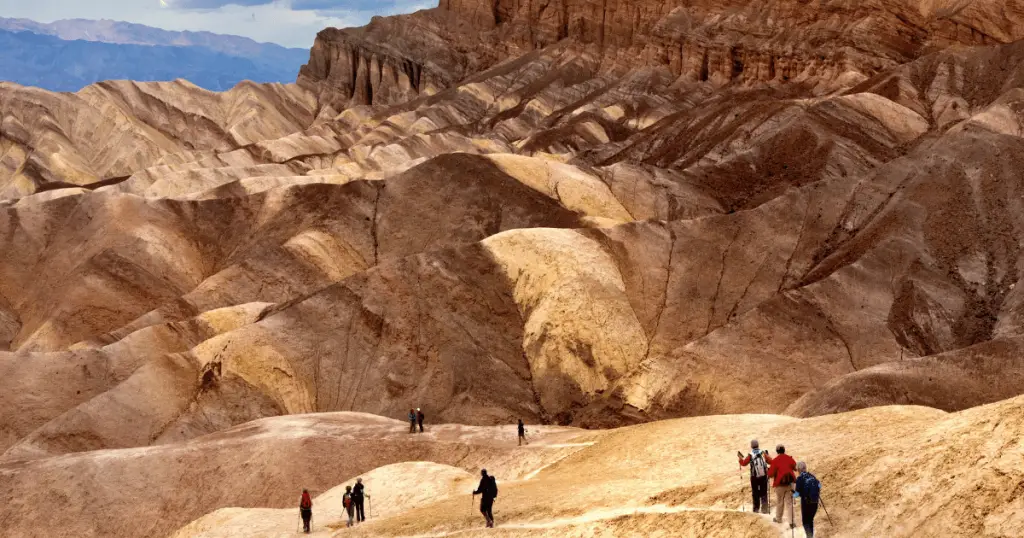
Hiking Trails from Campgrounds
Hiking is one of the best ways to explore Death Valley’s natural beauty, and many trails start from or near campgrounds.
Golden Canyon Trail
This popular trail offers a moderate hike and showcases beautiful geological formations, vibrant mineral hues, and spectacular views of Death Valley. It can be accessed from multiple campgrounds, including Furnace Creek.
Mosaic Canyon Trail
Starting near Stovepipe Wells, this trail takes you through a narrow, polished marble canyon before opening up to a vast, open desert landscape. Along the way, you’ll see unique geological formations, including the mosaic tiles it is named after. The trail offers a mix of easy walking and more challenging scrambling.
Night Sky Experience in Death Valley
Death Valley National Park delivers a stellar night sky experience that is beyond compare. Devoid of city lights and pollution, the park offers some of the darkest night skies in the United States, making it an ideal destination for stargazing and amateur astronomy.
Stargazing Opportunities
The park’s remote location and clear, dry air present phenomenal stargazing opportunities. You can view numerous celestial bodies with the naked eye, including nebulae, galaxies, planets, and meteor showers. For an enhanced experience, you can bring binoculars or a telescope to observe the moon’s craters, Jupiter’s moons, or the rings of Saturn with greater detail.
Dark Sky Status of Death Valley
Recognized as a Gold Tier International Dark Sky Park by the International Dark-Sky Association, Death Valley is officially one of the best places on Earth to observe the night sky. Its Dark Sky status is a testament to the park’s commitment to preserving its dark sky heritage and reducing light pollution.
Astronomy Programs and Events
Throughout the year, Death Valley hosts various astronomy programs and events in partnership with local astronomy clubs and park rangers. These include guided stargazing tours, full moon hikes, and the annual Death Valley Dark Sky Festival, which offers a weekend full of educational activities, guest speakers, and stargazing parties. These events provide an exceptional opportunity to learn more about the universe and enjoy the park’s magnificent dark skies.
From its unparalleled stargazing opportunities to its status as a Dark Sky Park and its diverse range of astronomy programs, Death Valley offers a unique night sky experience that will leave you feeling closer to the cosmos.
Conclusion: Death Valley National Park
Death Valley National Park is a truly remarkable destination that offers a diverse array of experiences. From its extreme temperatures and unique landscapes to the plethora of hiking trails and campgrounds, there is an adventure suited for everyone.
The park’s low-lying Badwater Basin, vibrant Artist’s Palette, and panoramic Zabriskie Point present an otherworldly, captivating, and inspiring terrain. Moreover, the clear, dark skies offer stargazing opportunities that are second to none, with programs and events designed to foster a deeper appreciation of our universe.
